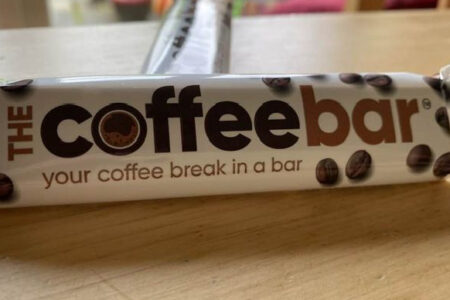Biscuit anyone?

We’re all partial to a biscuit or two as an afternoon snack, or after dinner treat, but new research suggests a decline in the consumption of high-calorie food items will promote structural shifts in the US cookie and cracker market.
According to a report from research firm IndexBox, the US cookie and cracker market, which includes biscuits, cookies, crackers, waffles and cake, experienced a 4.8% decline in volume to $11.4 billion from 2008-2013, but increased by 11.3% between 2014 and 2015 to reach $12.9bn. The growth, it says, was due to heightened demand for low-calorie, healthy cookies and crackers as the concept of a healthy lifestyle became more popular.
In 2015, the US manufacturers’ share accounted for 88% of cookie and cracker products consumption in the country. The low imports share, IndexBox notes, is a direct result of the minimal profit to be earned from transporting cookie, cracker and waffle products over long distances by air and marine modes of transport; the products’ fragility and traditional consumer taste preferences are also factors.
For these reasons, the US’ geographical neighbours dominate the imports structure: Canada accounted for 47% of cookie and cracker imports ($707m out of $1.5m) in 2015, and Mexico assumed a 20% imports share ($298m). Last year, the structure of imports from Canada was dominated by sweet biscuit items (2% of US cookie and cracker product consumption) and waffles (2% of consumption), and the structure of imports from Mexico was also dominated by sweet biscuit items (2% of consumption).
Cookie and cracker manufacture in the US has observed the various consumption trends: from 2008-2013, production declined by 6.9%, but then increased in total by 13.5% from 2014-2015. Last year, 19% of the US cookie and cracker product output, in value terms, was assumed by the production of bread and baked goods ($11.7 billion out of $63.3bn). Along with increased consumption, output growth was also promoted by raw materials, such as sugar and wheat, being more cost-effective. This, IndexBox says, enabled US manufacturers to earn higher profit margins, while still maintaining reasonable consumer prices.
IndexBox predicts the US cookie and cracker market will expand at an average annual rate of 1.7% from 2015-2020. However, as a result of a healthy lifestyle becoming increasingly popular and more widespread, and weakened demand for high-calorie products, the consumption of sweet biscuit and cracker items will slow.
But these factors will also promote growth in the healthy cookie and cracker segment, which will develop and expand, mainly due to the entry of new, smaller players into the market. IndexBox adds that these new manufacturers will not need to restructure their entire production cycle to promote their new ranges.
Do you agree? Join the conversation on Twitter @confectionprod, Facebook or LinkedIn.



